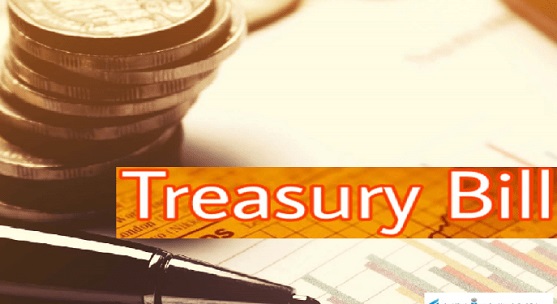
Govt misses T-bill target, raises GH¢2.97bn
THE government has raised GH¢2.97 billion from the domestic debt market in its latest treasury bills auction, falling short of its GH¢3.35 billion target by GH¢390 million.
The auction, held on July 3, 2025, saw the government accept all bids tendered across the three available tenors despite the underperformance against the set target.
This highlights the persistent funding challenges as the country works to meet its fiscal obligations.
Results published by the Bank of Ghana (BoG) showed that the 91-day treasury bill attracted the highest investor interest, raising GH¢2.03 billion at a weighted average interest rate of 14.57 per cent, significantly lower than the 27.73 per cent recorded in December 2024.
The 182-day tenor gathered GH¢622.79 million, clearing at an average yield of 15.02 per cent, while the 364-day bill raised GH¢316.27 million at an average yield of 15.17 per cent.
Accepted bid rates across all maturities ranged between 12.89 per cent and 15.25 per cent, reflecting elevated market expectations for returns amid current economic conditions, though considerably below the peak rates experienced in 2024.
This shortfall follows a similar modest under-subscription in the previous auction held on June 27, 2025, where the government secured GH¢3.34 billion from GH¢3.64 billion tendered.
Looking ahead, the government has set an ambitious target of GH¢7.53 billion for its next auction, Tender 1963—a significant increase from recent auction sizes.
This represents a 125 per cent jump from the current auction’s target, signaling increased short-term borrowing requirements as the state continues to lean heavily on short-term debt to finance fiscal operations.
Context
The Treasury bill auction results come against the backdrop of Ghana’s ongoing fiscal consolidation efforts under its Extended Credit Facility programme with the International Monetary Fund.
The government is targeting 4.4 per cent inflation-adjusted Gross Domestic Product (GDP) growth for 2025 as it intensifies efforts to stabilise the economy, restore fiscal discipline and drive long-term economic expansion.
The government’s macroeconomic targets include a 5.3 per cent non-oil GDP growth rate, an end-period inflation rate of 11.9 per cent, a primary balance surplus of 1.5 per cent of GDP and gross international reserves covering at least three months of imports, from 2.9 months import cover at the end of 2024.